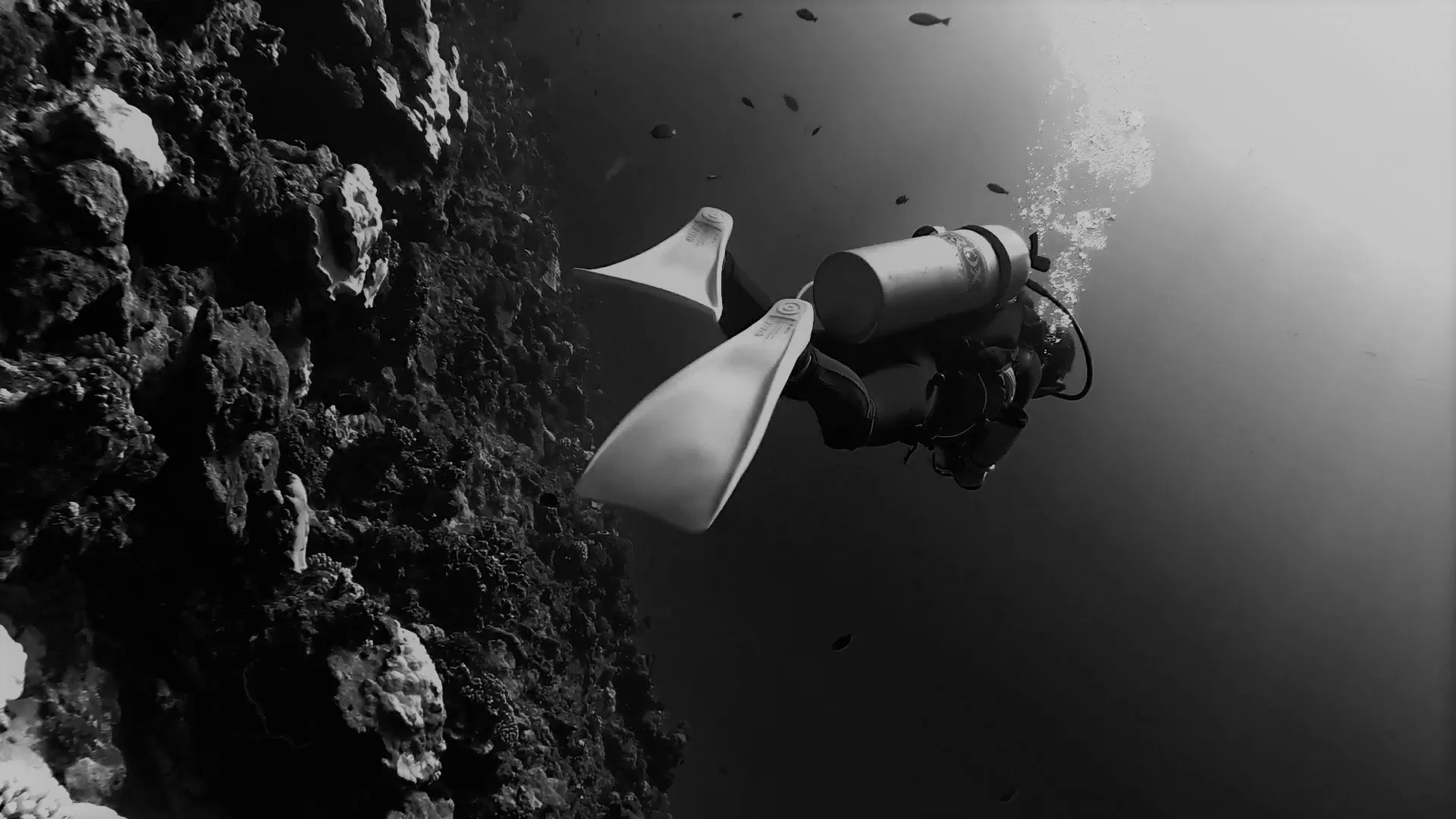Ninety feet beneath the surface of the Coral Sea, in the inky dark of night, hovering just above a reef on the sandy ocean floor, I realized that he was gone. Where is my dive buddy? I pumped the tiniest blast of air into my vest—my buoyancy control device, or BCD—to rise just above the section of barrier reef we had been instructed to explore. I put my hand above my bald head as I ascended. I’d already dinged my...

